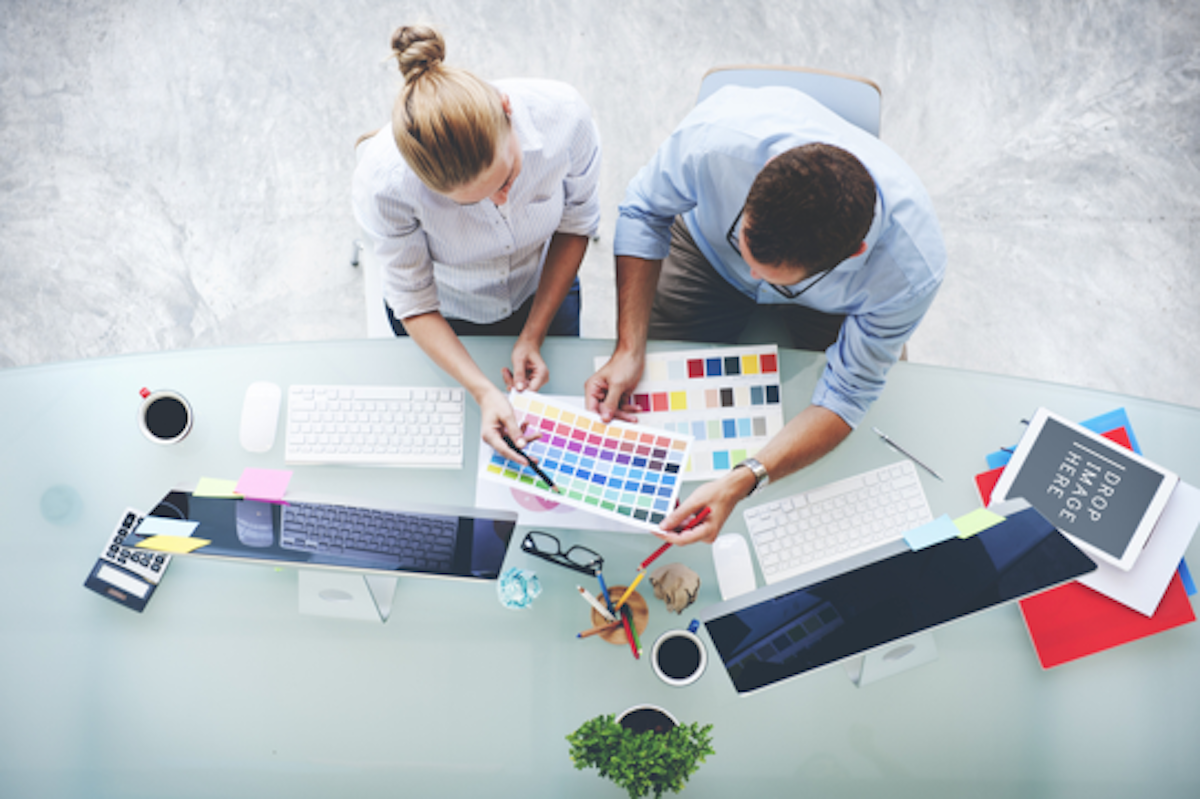
Creatives have a workspace like no other professional, and if they happen to specialise in a number of forms and mediums – then their studio is going to be even more elaborate. Not only is a studio set-up expensive, but it can be tricky to discern what is a need and what is a want – especially when you are just starting out in your career. Whether it’s photography, fine arts or graphic design that you have chosen to pursue, today we are going to list the essentials you will need to complete your work to a professional standard. Now let’s get started.
Table of Contents
A quality printer
Any creative will know that what you see on the computer screen does not always translate to the page, which is why you have to be consistently printing test strips to ensure that your work is as vivid as you designed it to be. You will find the HP 65 Ink Cartridges allows for a full range of colour and depth in your prints and will be compatible with the quality HP printer you choose for your studio that is intuitive and feature-rich. Having your own printer and quality ink cartridges will save you relying on external print providers.
A range of light sources
Light is a critical feature in any studio, and that includes natural light and professional lighting. A good range of light sources can work for all projects – portraiture photography, through to video animation and deciding on which shade of blue to use in a new logo. You will also want to make sure your studio is white (walls, floors and roof if possible) so that the light sources can do what they need to. You can also keep some different coloured boards of fibreglass on hand so that you can explore different looks in your studio when the brief requires it.
Design software
Design software updates fairly regularly, although PhotoShop and Lightroom remain the most popular options for design and photography, and while different providers – they ultimately offer the same capabilities. Even if you create on paper, you will need the right design software to bring your creations to the masses and maybe bring them to life with animation and any other enhancements thereafter. Take the time to explore the entire suite of design products as some are even designed to help you with file management (Adobe Bridge) and can be a lifesaver as you develop more work and client deadlines and need a robust labelling system.
Ergonomic support
Depending on the brief and work required, a creative may find themselves standing, on their knees or crouching for long periods of time trying to get that shot or explore another angle. This is why your studio needs to be equipped with supportive infrastructure so that you are not putting yourself in harm’s way and paying for it the next day in the studio. Mesh mats throughout the studio are quite typical as they give some buoyancy for those on their feet all day. There are also laptop and computer standards that can be pulled and twisted in a number of directions so that you are not letting your neck take on the work. Different supportive chair options can also be advantageous.
~
It is an exciting task to design a functional studio where your creations can unfold and your ability can be pushed to its limits with fine work to show for it. Be sure to include these four key considerations in your studio set-up, as they will allow you to be productive, safe and get the best from the space you are working with and find your craft.